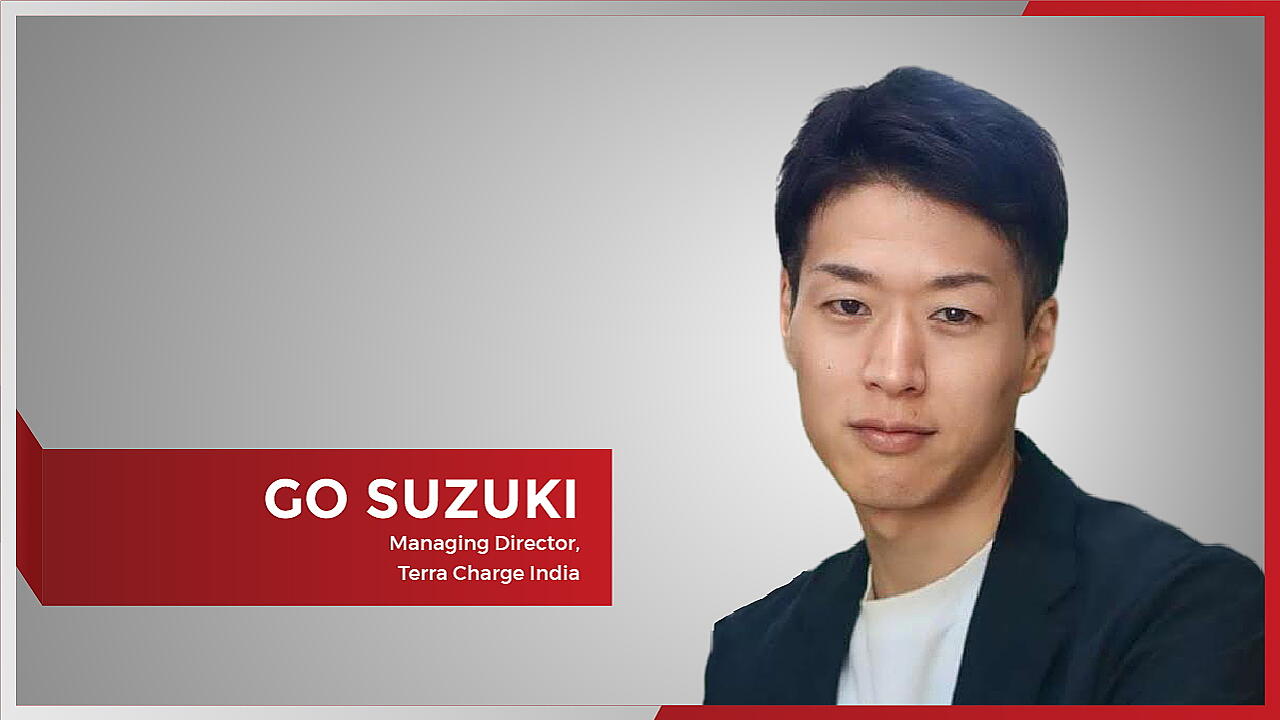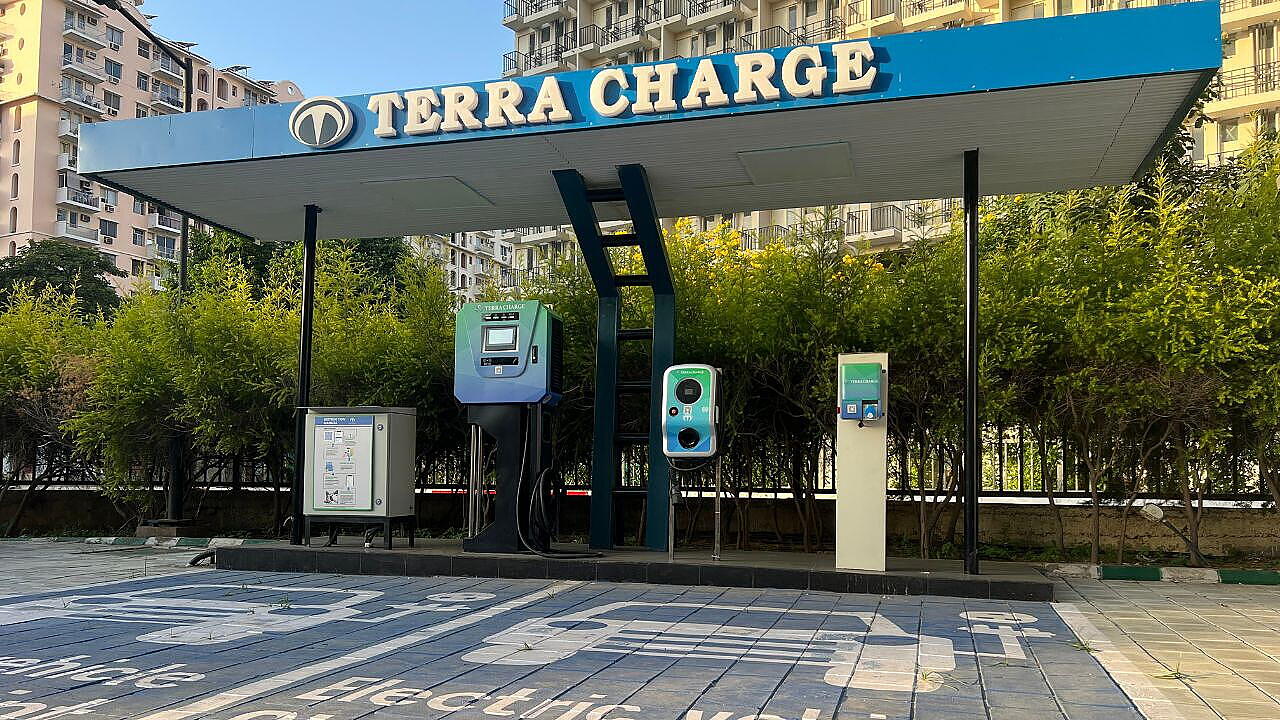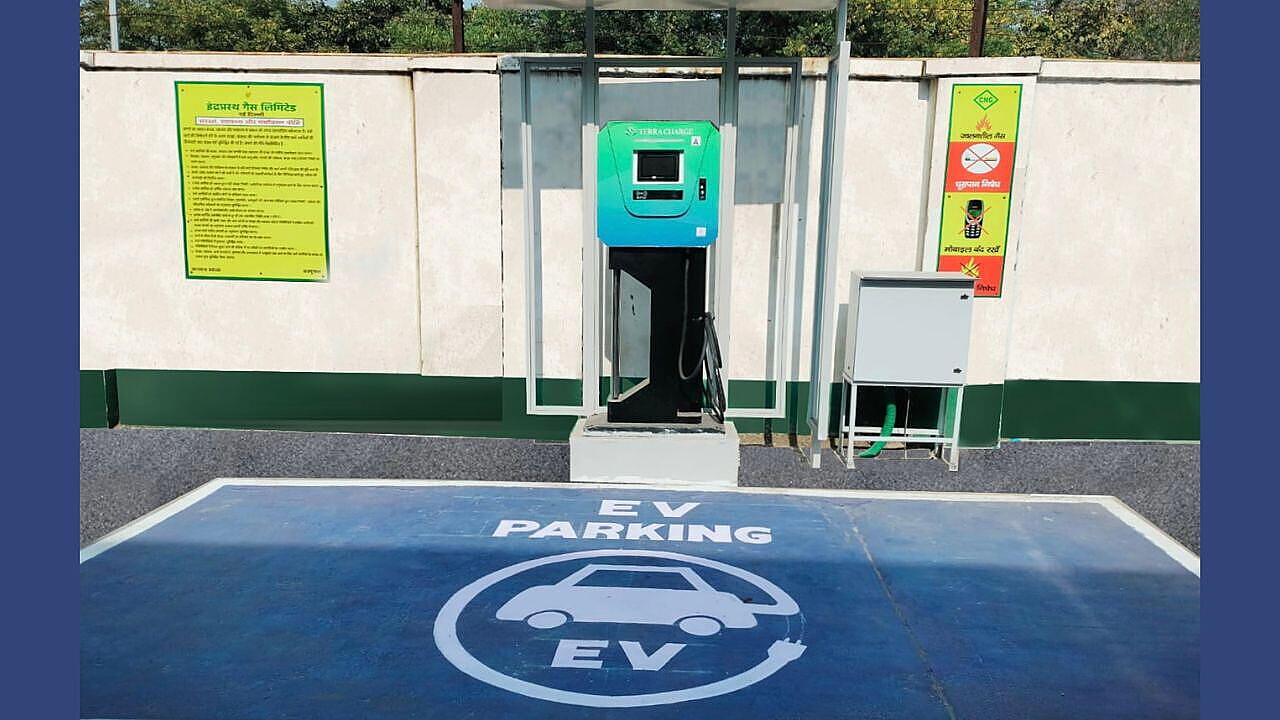
India’s electric vehicle (EV) landscape has evolved rapidly in recent years, with adoption gaining strong momentum. Backed by progressive policies and a growing awareness of sustainable mobility, the government has set an ambitious target—30% of all vehicle sales to be electric by 2030, potentially placing 80 million EVs on Indian roads. However, this surge in EV uptake must be supported by a robust and accessible charging infrastructure to ensure long-term viability and user confidence.
While there has been impressive growth—public charging stations increased from just 1,800 in 2022 to over 12,000 in 2024—India still has a long way to go in building a nationwide, future-ready charging ecosystem. The road ahead is paved with challenges: financial constraints, regulatory hurdles, grid limitations, and fragmented deployment models all stand in the way of scale.
In this interview, we speak with Go Suzuki, Managing Director of Terra Charge India, who shares insights into how EV infrastructure companies are navigating this evolving landscape. From smart grid integration to innovative partnerships and business models, we explore what it takes to unlock the next stage of India’s e-mobility transformation. Edited excerpts:
Return on investment (ROI) is slow due to the gradual adoption of EVs, making it difficult to attract long-term investors. Despite this, what can be the compelling reasons for entrepreneurs to get into this business?
Despite slow ROI, we cannot dismiss the growth potential of this sector and its benefits for businesses. I believe the rising demand for EVs and smart charging solutions will continue to offer opportunities for manufacturers and charging infrastructure. In India, the EV market is estimated to become USD 132 billion by 2030. This expansion will be driven by eco-conscious consumers and government support, highlighting the scope for business opportunities within the sector. The government aims to achieve a 30% EV market share by the end of 2030, but to reach this target, India needs 3.9 million charging stations. The government is offering tax credits, grants, and production-linked incentives (PLI) to support domestic manufacturing and infrastructure development. I believe these efforts could help create more opportunities for entrepreneurs, charging infrastructure developers, and CPOs to enter the sector and cater to the evolving industry.
Power outages and fluctuations can affect charging reliability, leading to poor customer experiences. Is Terra Charge providing solutions to manage this issue?
As a leading charging infrastructure developer company, we are working to address issues that tend to hamper charging reliability. We have a dedicated R&D team and capable engineers who design advanced chargers, keeping in mind these glitches and modifying the design to accommodate industry feedback. For instance, our 30 kW DC fast charger, TAKA, is designed to mitigate application and performance issues that are pretty common in fast charging. In addition, our IoT-enabled EV chargers manage the overall charging process and enhance performance reliability. Terra also offers after-sales support to enhance customer experience and ensure the smooth integration of our advanced charging solutions. Meanwhile, our R&D team is continuously developing solutions to tackle existing challenges.

Finding strategic locations for charging stations that are accessible, high-traffic, and have sufficient space is challenging. Moreover, high land lease costs in urban areas make profitability a concern. In addition, low EV density makes it difficult to justify investment. What are your suggestions to manage these issues?
I agree that finding strategic locations for charging stations remains a challenge for most industry players, including us. However, to deal with the issues, we follow a smart strategy that factors location, cost mitigation, grid optimization, and phased expansion. My suggestion to others will be to focus on areas with high foot traffic like highways, transit hubs, offices, and shopping malls. If applicable, they can consider leasing government land at subsidized rates under revenue-sharing models and seeking benefits under the PLI scheme. Another important factor to consider during location planning is the scope for grid optimization. Deploying EV chargers near existing infrastructure can lower setup expenses and optimization costs. Besides these, they may try phased expansion in cities with rising EV adoption in partnership with property developers and retail spaces. This approach can help share space costs and lower location-centric hurdles to a certain extent.
How can entrepreneurs manage lower EV penetration rates in certain regions that reduce station utilization, leading to longer payback periods?
In my experience, partnerships can help address this issue. For instance, seeking collaborations with the government can provide access to subsidies for deploying EV charging stations, which can lower upfront costs. Another strategy that often proves useful is diversifying services at charging hubs. Charging Point Operators (CPOs) can offer repair services or space for advertisements to generate ancillary revenue. They introduce maintenance plans and subscriptions for fleet operators, creating a stream of revenue to deal with longer paybacks. Marketing campaigns with OEMs can also prove useful in spreading awareness about the availability of advanced charging solutions. However, entrepreneurs should be smart about location scouting. They should focus on high-demand areas like commercial corridors, residential properties, and retail hubs to ensure better utilization and quick payback.

Do you consider the need for continuous investment in grid enhancements, software updates, and cybersecurity as a challenge? If so, can you elaborate on the specific impediments?
On the contrary, Terra believes that continuous investments are necessary to deliver top-notch quality. Despite challenges like high upgrade costs and integration of the latest innovations, we aim to offer the best to our consumers. However, at the same time, we cannot ignore the impediments like a lack of standardization in charging infrastructure, frequent need for cybersecurity updates, and grid enhancements. While a lack of standardization slows the deployment of charging solutions, tracking cybersecurity concerns demands time and resources. Meanwhile, delays in grid enhancement hamper service quality and charging performance. To counter these gaps, we invest in R&D processes and offer the best solution at competitive pricing. This approach helps us attract more consumers and allows us to keep up and implement the latest upgrades in a phased manner.
Do you see opportunities for monetization beyond charging fees, such as advertisements or additional services?
Absolutely! There are plenty of monetization opportunities in this business. For instance, renting out space or integrating ads on charging station screens can attract ad revenue for CPOs. In addition, services such as vehicle maintenance, snack joints, or convenience stores at the locations can help diversify the revenue stream. EV charging businesses can offer value-added services like consumer loyalty programs, software subscriptions for fleets, and annual maintenance packages for added revenue streams.
EV charging stations are part of the IoT ecosystem, making them vulnerable to cyberattacks, data breaches, and hacking risks. How do you mitigate these issues at Terra Charge?
At Terra Charge, we have a designated team to tackle issues related to cyberattacks and data breaches. We understand the need to keep up with security updates and train our team to execute the safety protocols. We train our team regularly to employ the latest and best cybersecurity measures to eliminate cyberattack risks and data breaches. We also focus on securing communications between our chargers and users through our Terra Charge App. This approach continues to help us ensure a safe customer experience and protect our sensitive data.
Also Read:
Terra Charge & AAI Unveil Bhopal’s First EV Charging Hub At Raja Bhoj International Airport

